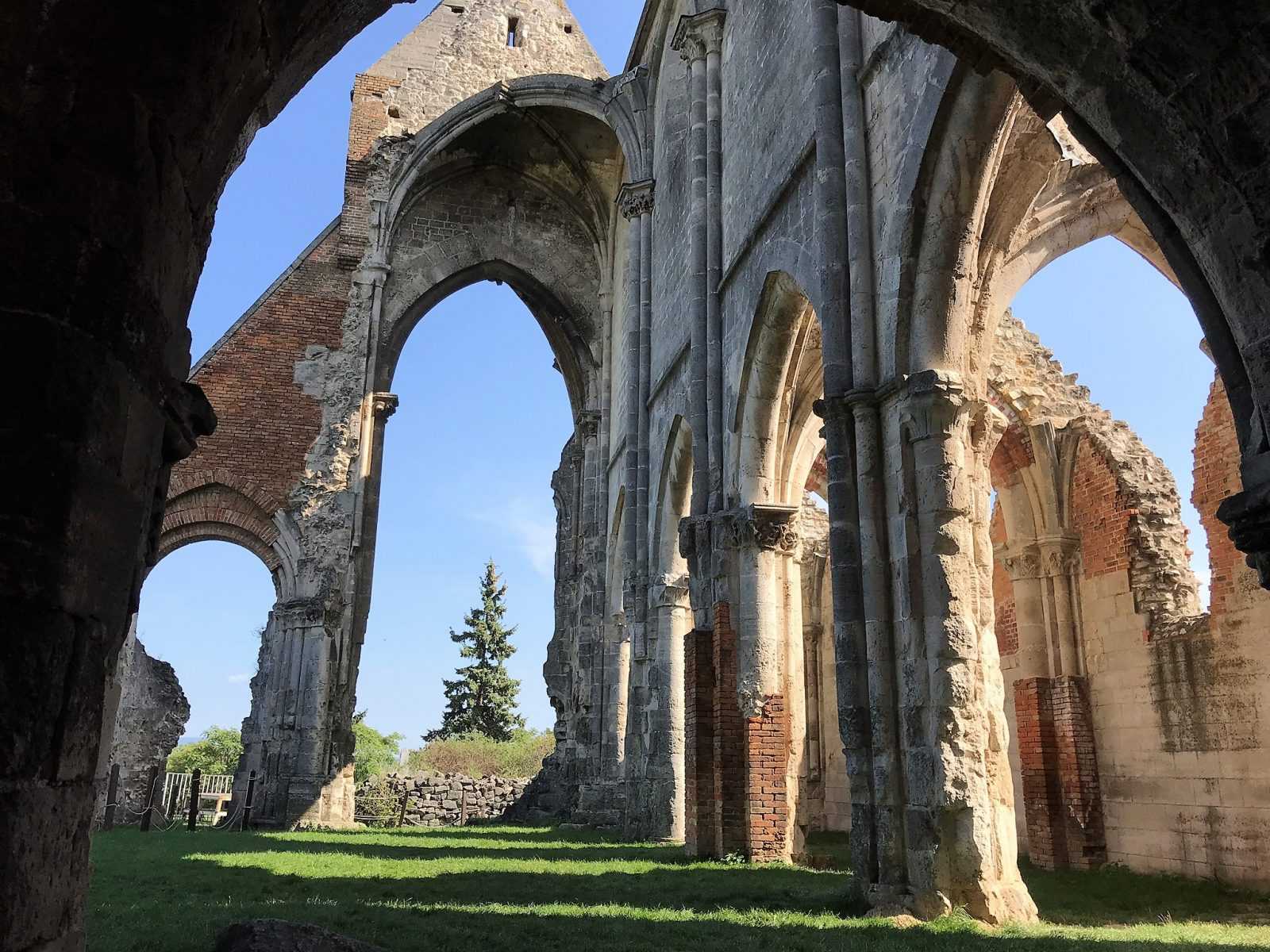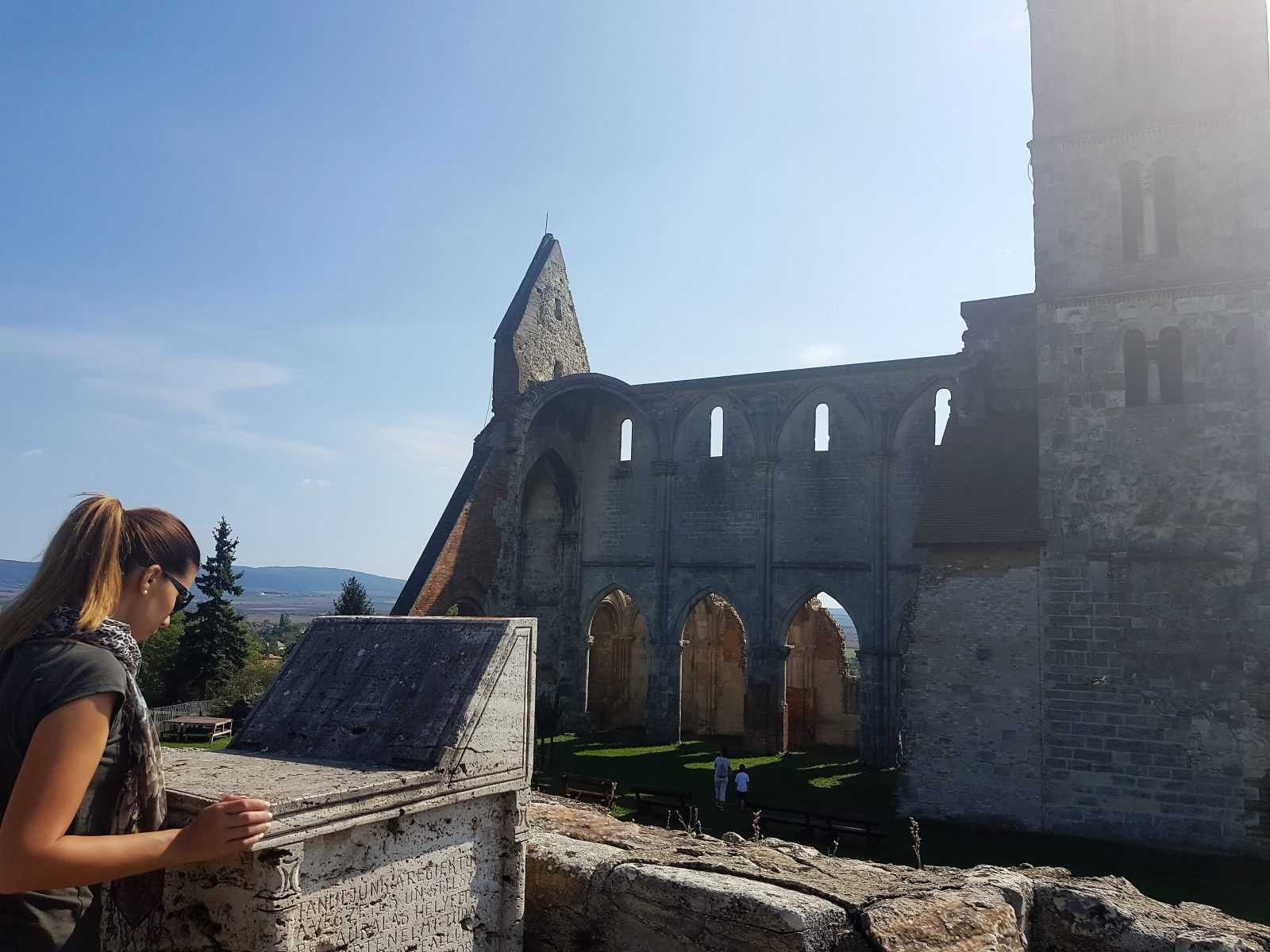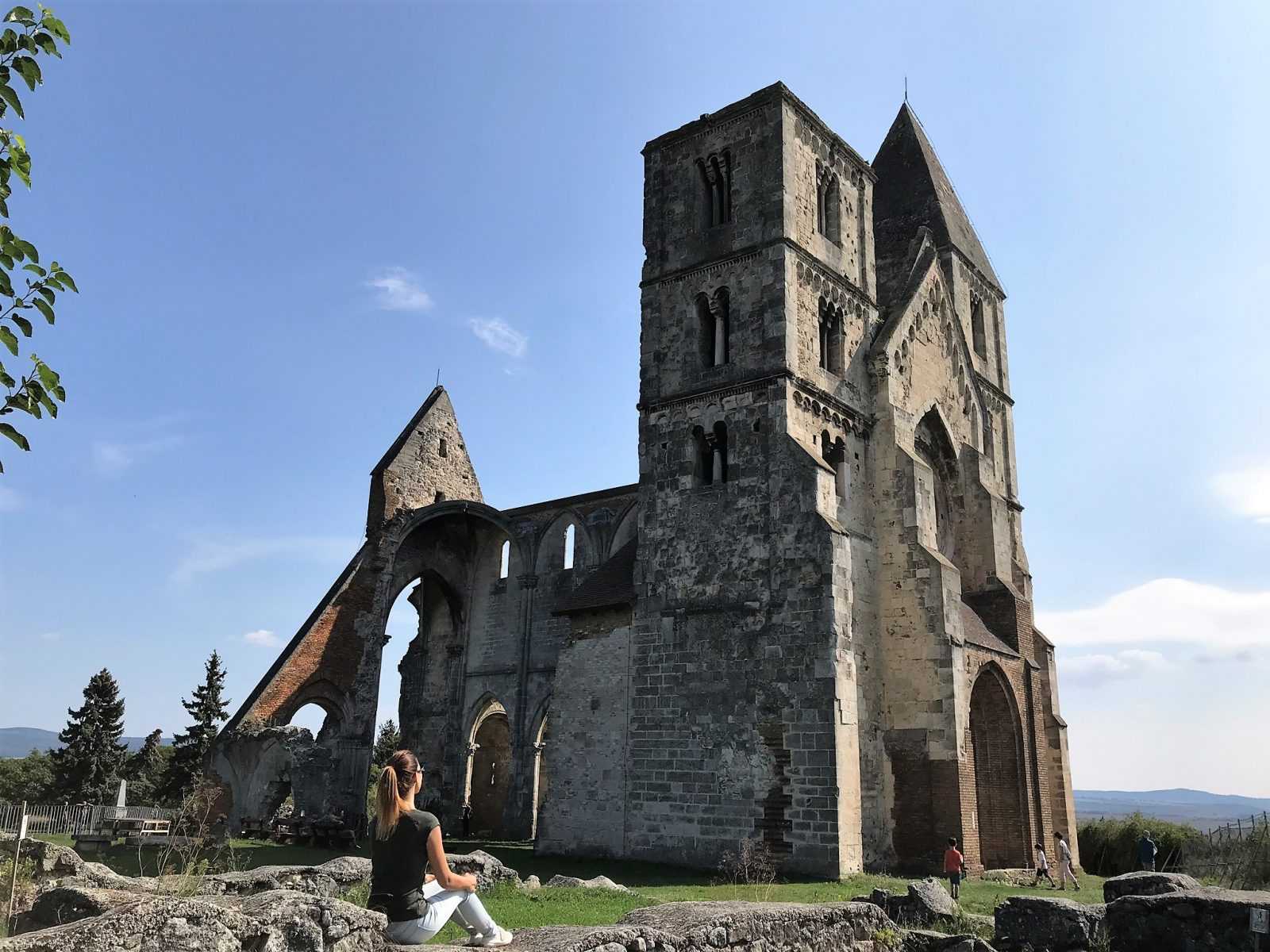Another weekend, another trip. I was looking for a nice excursion around Budapest. I knew I have only a half day and due to my sore knee (I cycled a lot a day before), a strenuous hiking program wouldn’t fit me now. Visegrád is out of question so as Szentendre, Nagymaros, Buda Hills, Etyek, Dobogókő and Pilisszentkereszt. These places are too popular though are usually to as the best autumn destinations. I have been thinking of a place I’ve never been to before and is out of focus.
In a completely random conversation, someone mentioned Zsámbék and suggested it for visiting. I knew there is a temple ruin built in the Roman style there, listed as a Hungarian heritage. Returning from the trip I already know the church is much more than a simple ruin and monument. We drive slowly towards the center of Zsámbék by car. I have not found anything in the Wazze navigation app listed as a church, monastery, or church ruin, so I can only trust on my 6th sense without navigation. Then suddenly the temple is standing before our eyes top of a hill in its puritanical, stunning magnitude.
For some reason, it reminds me on the book The Da Vinci Code and makes me feeling mystical. These ruins hide many sad secrets and stories. The view of the temple is so beautiful that it is already hearthbreaking. At the time, I didn’t know — until later, after I sat down on a bench and read the history of the church — that this intuition was no accident. As I was walking between the dragon decorated columns, gothic rosettes and buttresses, it seems like a walking the history. The stone church was erected on top of the hill on the 1950s. Then, in honor of St. John the Baptist, it was transformed into a basilica, presumably around 1220 (hence the Romanesque style) and the Premontrei monastery (hence one of its present name: Premontrei Temple) was added. It was home of a large monastic community until the church burns down in the 15th century. It was rebuilt in Gothic style, but members of the Premonstratensians order cannot return because King Matthias hands it over to the Paulines.

However, adversity does not escape them either, after the siege of Buda in 1541 the church fell into Turkish hands and became a fortress. With the appearance of the Zichy family in the settlement in the early 1690s, the hope to regain the original beauty and function of the cathedral shines. However, its fate is sealed in 1763, when almost an entire building complex collapses due to an earthquake. The ruin becomes abandoned, the locals take away the stones and build a new church for themselves in the middle of the village. The recollection of the stormy centuries of the Hungarian people is suddenly disturbed by a Scottish bagpipe man, playing a bittersweet, captivating melody. I place a stone on the side of the church wall as a symbol of reconstruction and birth. “Let’s look at these ruins as reminders of the old days, which speak of the vicissitudes of the history of our country.” – these are the words of István Möller standing on a stone tablet. I once again absorb the magnificent atmosphere of the place and say goodbye to the temple ruins.









